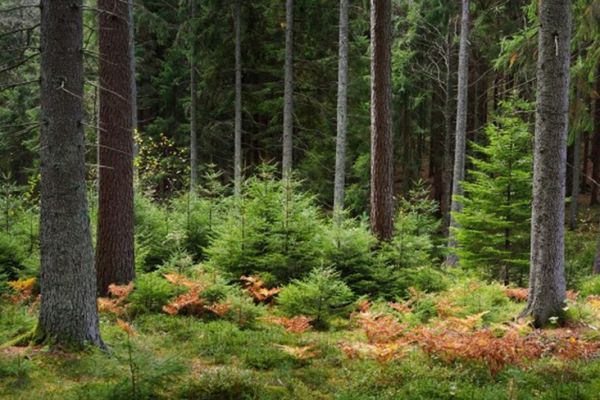Stora Enso, active in forestry, pulp, paper and fibrous packaging, is reorganizing its activities by separating the management of its Swedish forests from its industrial units. The group has just confirmed the demerger of its Swedish forestry assets into a new legal entity, listed in Stockholm and Helsinki, with a portfolio of over 1.2 million hectares, valued at 5.7 billion euros.
With this decision, management wishes to clearly distinguish its forestry assets from its converting activities. The forestry business will be structured separately to optimize the patrimonial value of these assets, while pulp, board and packaging production will continue to grow on the basis of a more integrated and flexible model. "Separation will unlock the value potential of forestry assets and industrial activities" justifies Kari Jordan, Chairman of the Board of Directors of Stora Enso, in a press release.
An independent but contractually bound forestry entity
For printing and paper manufacturers, this demerger does not mean a break in supply: Stora Enso intends to sign an 18-year wood supply contract with the new company. "In addition to the wood supply planned with the new company, which would currently account for around 9% of Stora Enso's wood and fiber supply in the Nordic region, the group will retain strategic vertical integration via its other forestry assets."
The operation takes the form of a partial cross-border demerger. Current shareholders will receive shares in the new company, which will be headquartered in Falun, Sweden. Two reference shareholders, Solidium Oy and FAM AB, together representing 55% of voting rights, support the project. Completion is scheduled for the first half of 2027.
Parallel strategic review for Central European sawmills
In parallel with this operation, Stora Enso has also launched a strategic review of its wood unit in Central Europe, including seven sawmills (in Austria, the Czech Republic, Poland and Lithuania), as well as three cross-laminated timber (CLT) plants. This upstream reorganization does not involve the Nordic sites, which are considered synergistic with fiber production.








